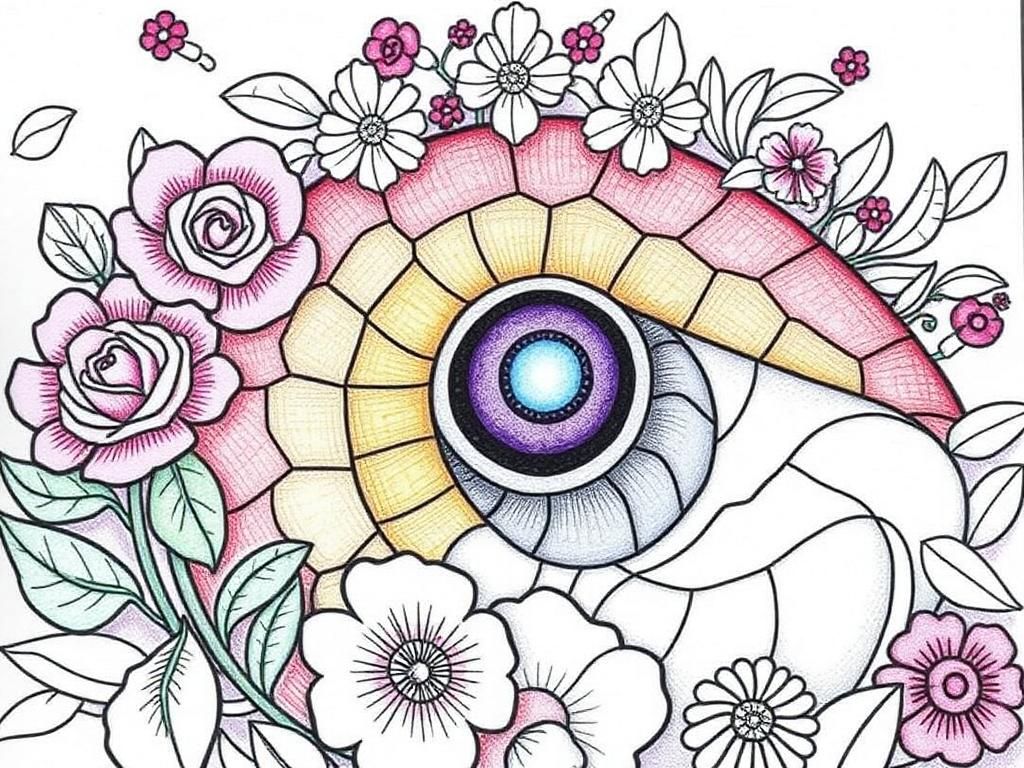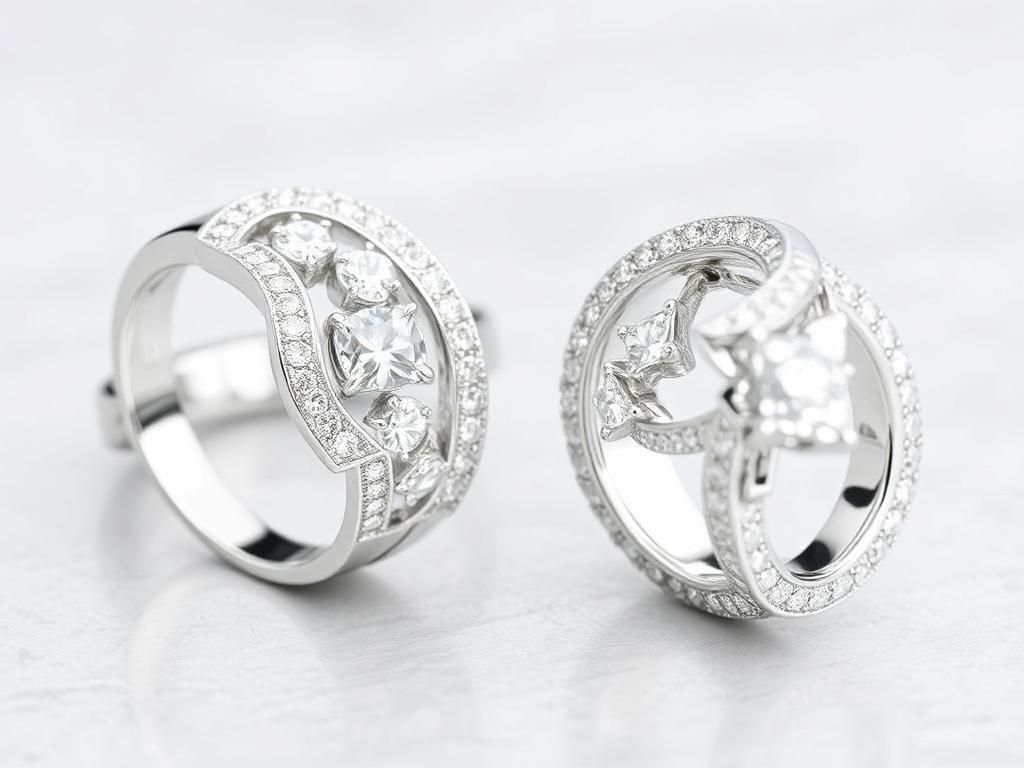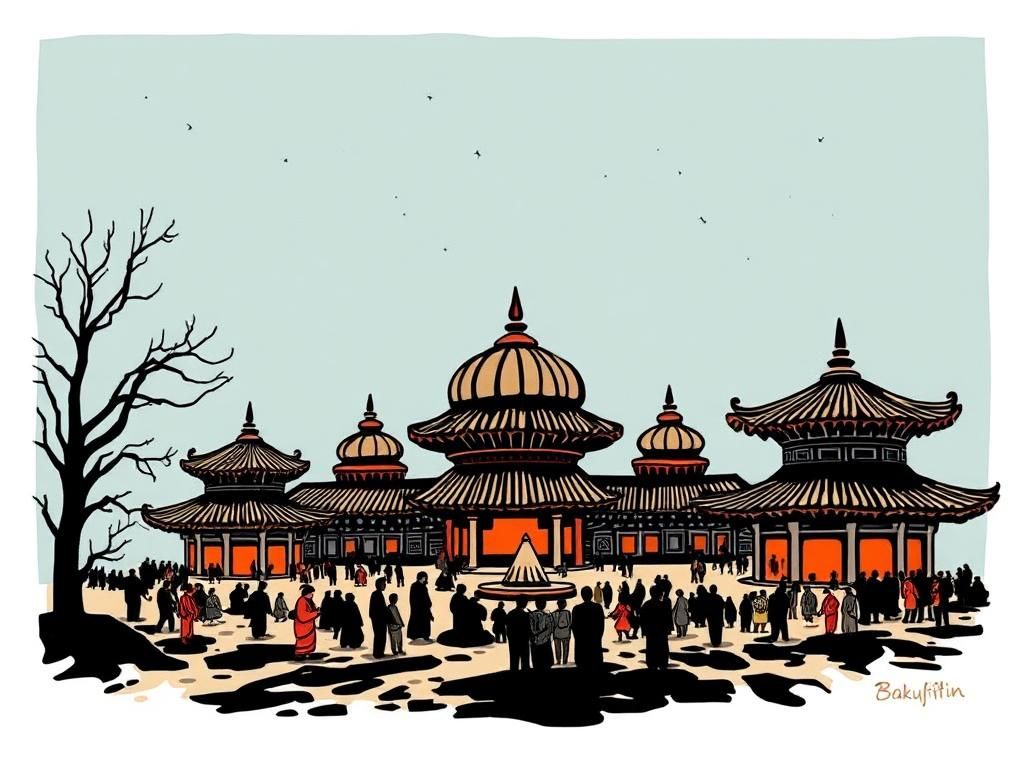Aesthetic coloring has surged in popularity over the past few years as a form of artistic expression and relaxation. This creative outlet combines vibrant colors, intricate designs, and the therapeutic benefits of coloring to create a compelling experience that transcends traditional art forms. The concept of aesthetic in art and design relates to beauty and visual appeal, while coloring is a joyful and playful activity that allows individuals to express their emotions and ideas. The ability to transform a blank page into a colorful masterpiece is not just enjoyable, but it can also have significant psychological advantages.
With busy lifestyles and constant digital engagement, many people seek ways to find peace and tranquility. Engaging in aesthetic coloring fosters mindfulness and relaxation, offering emotional and psychological benefits that are greatly needed in our fast-paced world. Not only does coloring enhance concentration and focus, but it also serves as a form of stress relief, allowing for a moment of pause amidst chaotic schedules.
Popular Trends in Aesthetic Coloring
Types of Aesthetic Coloring Books
The market for aesthetic coloring books is diverse and rich, catering to various interests and artistic styles. Here are some popular types:
- Mandala Designs: These geometric patterns promote focus and tranquility, often used in meditation.
- Nature Scenes: Coloring pages featuring landscapes, flora, and fauna bring the beauty of the outdoors to life.
- Abstract Patterns: Dynamic shapes and colors allow for creative freedom and personal expression.
- Fantasy and Mythology Themes: Immerse yourself in worlds of imagination with characters, creatures, and stories brought to life through color.
Color Palettes in Aesthetic Coloring
The choice of color palettes plays a pivotal role in aesthetic coloring. Different color schemes can evoke various emotions and energies:
- Pastel Color Schemes: Soft colors often create a calming atmosphere, perfect for relaxation.
- Vibrant and Bold Combos: Bright colors can energize and inspire, making art creation more dynamic.
- Earthy Tones: Colors found in nature foster a connection to the environment and promote mindfulness.
- Monochromatic Gradients: Using shades of a single color can create depth and harmony in designs.
Digital vs. Traditional Coloring
The debate between digital and traditional coloring continues as both avenues present unique advantages. Understanding these can help you choose the best option for your aesthetic coloring journey.
Advantages of Digital Coloring:
- Accessibility and Convenience: Digital platforms offer an array of designs and tools that are easy to access and use.
- Tools and Applications: There are numerous applications designed specifically for coloring, such as Procreate or Adobe Fresco, offering robust features.
Benefits of Traditional Coloring:
- Tangibility and Sensory Experience: The feel of colored pencils on paper can enhance the creative process.
- Variety of Mediums: Choose from colored pencils, markers, watercolor paint, and more to customize your coloring experience.
Techniques for Aesthetic Coloring
Blending Techniques
Blending colors effortlessly can elevate your aesthetic coloring to new heights. Here are tips to master this technique:
- Use smooth transitions between similar colors for an enhanced gradient effect.
- Utilize blending stumps or cotton swabs to achieve soft edges.
Layering Colors
Layering is crucial for depth and texture in your artwork. Consider the following:
- Importance of Layering: Applying multiple colors in layers creates a three-dimensional effect.
- Practical Exercises: Challenge yourself by layering different colors in a single design to discover unique outcomes.
Experimenting with Textures
Create distinct effects by incorporating various mediums:
- Incorporating Different Mediums: Try chalk, pastels, or gel pens to add more life to your project.
- Creating Unique Textures: Techniques like stippling and cross-hatching can introduce different tactile sensations to your work.
The Role of Aesthetic Coloring in Art Therapy
Therapeutic Benefits
Aesthetic coloring is not just about the colors; it offers substantial therapeutic benefits:
- Stress Relief and Anxiety Reduction: Many individuals use coloring as a way to unwind and detach from daily stressors.
- Improving Focus and Concentration: The repetitive nature of coloring serves as a focus-enhancing exercise.
- Encouraging Self-Expression: Coloring provides a safe space to express feelings and emotions without judgment.
Case Studies and Research
Numerous studies highlight the advantages of art therapy. For instance, research published by the American Art Therapy Association illustrates how art can facilitate healing. Personal testimonials from individuals who have used coloring as a therapeutic tool reveal profound emotional impacts and personal growth. These anecdotes underscore the significance of aesthetic coloring in promoting mental health.
Getting Started with Aesthetic Coloring
Choosing Your Materials
Understanding which materials to use can set the stage for a successful coloring experience:
- Recommended Coloring Books: Consider starting with beginner-friendly options such as “Coloring Bliss” or “Creative Haven.”
- Essential Coloring Tools: Invest in quality colored pencils, markers, and fine liners to get started.
- Suggested Accessories: Have erasers, sharpeners, and a carrying case handy for organization.
Setting Up Your Coloring Space
Create an environment conducive to creativity:
- Ideal Environment: Choose a space that inspires you, whether it’s in nature or in a cozy nook at home.
- Importance of Lighting and Comfort: Ensure your workspace is well-lit to prevent strain and comfortable enough for long sessions.
Developing Your Style
As you begin your aesthetic coloring journey, it’s crucial to explore:
- Encouraging Personal Flair: Experiment with different color choices to express individuality.
- Experimenting with Different Techniques: Don’t hesitate to try mixing methods to find what resonates with you.
Community and Social Aspects of Aesthetic Coloring
Online Communities and Groups
The rise of social media has cultivated vibrant online communities around aesthetic coloring. Platforms such as Instagram and Pinterest are brimming with inspiration. Additionally, coloring forums and groups offer support, challenges, and the opportunity to share your work with fellow enthusiasts. Engage with others to foster new ideas and gain feedback.
Collaborations and Challenges
Participating in coloring challenges can boost creativity and connect you with other colorists:
- Popular Coloring Challenges: Join events like Inktober or Color-a-thon to showcase your artwork.
- Collaboration Projects: Team up with other artists for collaborative works and gain different perspectives.
Conclusion
Aesthetic coloring is much more than a pastime; it encompasses emotional, psychological, and creative benefits that enrich lives. By exploring this engaging art form, individuals can unlock their creativity and find relaxation in the vibrant interplay of colors. From discovering diverse coloring books to mastering techniques, the journey of aesthetic coloring invites everyone to join in the fun. So grab your coloring tools, unleash your imagination, and share your creations with the world!
References and Further Reading
For those who wish to delve deeper into aesthetic coloring and its benefits, consider exploring the following resources:
- American Art Therapy Association – To learn more about art therapy.
- Color Therapy – A site dedicated to the benefits of color in life.
| Type of Coloring Book | Description | Color Palette | Digital/Traditional |
|---|---|---|---|
| Mandala Designs | Geometric patterns for focus | Pastel, Vibrant | Both |
| Nature Scenes | Landscapes, flora, fauna | Earthy Tones | Both |
| Abstract Patterns | Dynamic shapes and colors | Vibrant | Both |
| Fantasy Themes | Imaginary creatures and characters | Varied | Both |
FAQ
1. What is aesthetic coloring?
Aesthetic coloring refers to engaging in coloring activities that prioritize beauty and visual appeal, often using intricate designs and palettes.
2. Why is aesthetic coloring popular?
It combines creativity with relaxation, making it a perfect activity for stress relief and mindfulness in a hectic lifestyle.
3. What are the benefits of coloring for adults?
Coloring can reduce stress, improve focus, and provide a medium for self-expression.
4. Can coloring be considered a form of art therapy?
Yes, many therapists use coloring as a therapeutic tool to help individuals express emotions and relieve anxiety.
5. What materials do I need to get started with aesthetic coloring?
You’ll need coloring books, colored pencils, markers, and optional accessories like sharpeners and erasers.
6. How do I develop my own style in aesthetic coloring?
Experiment with different color choices, styles, and techniques to find what resonates with you.
7. Are there online communities for coloring enthusiasts?
Yes, platforms like Instagram and Pinterest host vibrant communities for sharing and discussing aesthetic coloring.
8. What type of coloring books should beginners consider?
Beginners might enjoy simpler designs that offer gradual complexity, such as those focused on mandalas or nature scenes.
9. How can I improve my coloring techniques?
Practice blending, layering, and experimenting with textures to enhance your coloring skills.
10. What are some popular coloring challenges?
Events like Inktober and Color-a-thon encourage participation and creativity among colorists.


